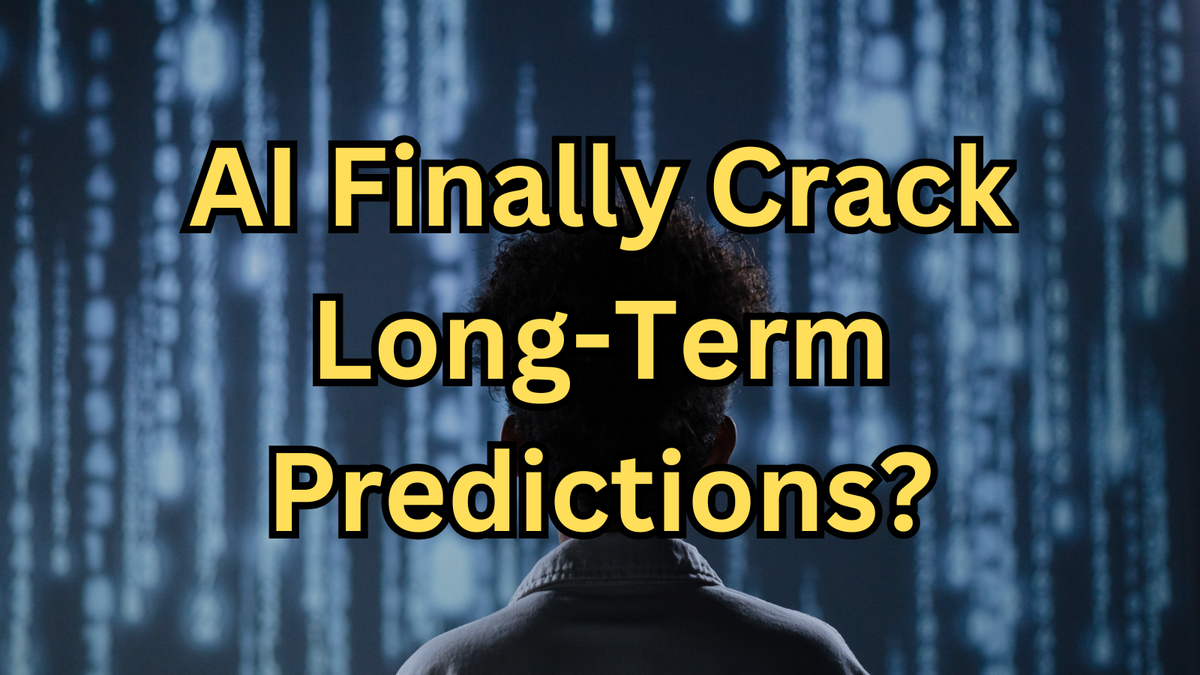Can Brain-Inspired AI Finally Crack Long-Term Predictions?

MIT’s New AI Model: Borrowing Nature’s Blueprint for Smarter Forecasting
Artificial intelligence has a focus problem. While excelling at short-term tasks like image recognition, it often stumbles when predicting trends that unfold over months or years—think climate patterns, stock market shifts, or disease progression. But what if the solution lies in mimicking the brain’s own rhythms? Researchers at MIT’s CSAIL just unveiled a groundbreaking AI model inspired by neural oscillations, and it could redefine how machines handle time. Let’s dive in.
🌪️ The Problem: Why AI Stumbles Over Long Sequences
- State-Space Models’ Achilles’ Heel: Current AI models for sequential data (like weather forecasts) become unstable or demand massive computing power beyond ~10,000 data points.
- Biological Mismatch: Unlike the brain’s efficient oscillatory networks, traditional models lack built-in” stability, leading to erratic predictions.
- Real-World Costs: Unstable models mean wasted energy (think data centers rerunning climate simulations) and missed opportunities (e.g., premature stock sell-offs).

✅ MIT’s Fix: Harmonic Oscillators Meet Machine Learning
CSAIL researchers T. Konstantin Rusch and Daniela Rus designed Linear Oscillatory State-Space Models (LinOSS), borrowing principles from physics and neuroscience:
- ✅ Stability by Design: Built like forced oscillators (think pendulum clocks), LinOSS avoids the “divergent predictions” plaguing older models.
- ✅ Efficiency Leap: Processes sequences of 100,000+ data points without crashing or needing supercomputers.
- ✅ Brain-Inspired Rhythm: Mimics neural networks’ natural oscillations, enabling smoother long-term pattern detection.
⚠️ Challenges: Can LinOSS Transition From Lab to Real World?
- 🚧 Domain-Specific Tuning: While promising for climate/finance, adapting LinOSS to niche fields (e.g., genomics) may require custom tweaks.
- ⚠️ Competition: Rival approaches like transformers or RNNs still dominate industries—LinOSS needs to prove scalability.
- 🚧 Energy Trade-Offs: Though efficient, training oscillatory models on massive datasets (e.g., global weather archives) remains computationally intense.
🚀 Final Thoughts: A New Era for Predictive AI?
LinOSS isn’t just another algorithm—it’s a paradigm shift. By grounding AI in biological and physical principles, MIT’s team might have solved a decades-old stability crisis. But success hinges on:
- 📈 Cross-Domain Validation: Proving its worth beyond MIT’s test cases.
- 🤝 Industry Adoption: Convincing tech/finance giants to overhaul legacy systems.
- 🧠 Interdisciplinary Collaboration: Merging neuroscience, physics, and CS for next-gen models.
Could this be the key to AI that thinks like a human—rhythms, stability, and all? Or will real-world complexity dampen its oscillations? What do YOU think?
Let us know on X (Former Twitter)
Sources: T. Konstantin Rusch and Daniela Rus. Novel AI model inspired by neural dynamics from the brain, May 2, 2025. https://news.mit.edu/2025/novel-ai-model-inspired-neural-dynamics-from-brain-0502










